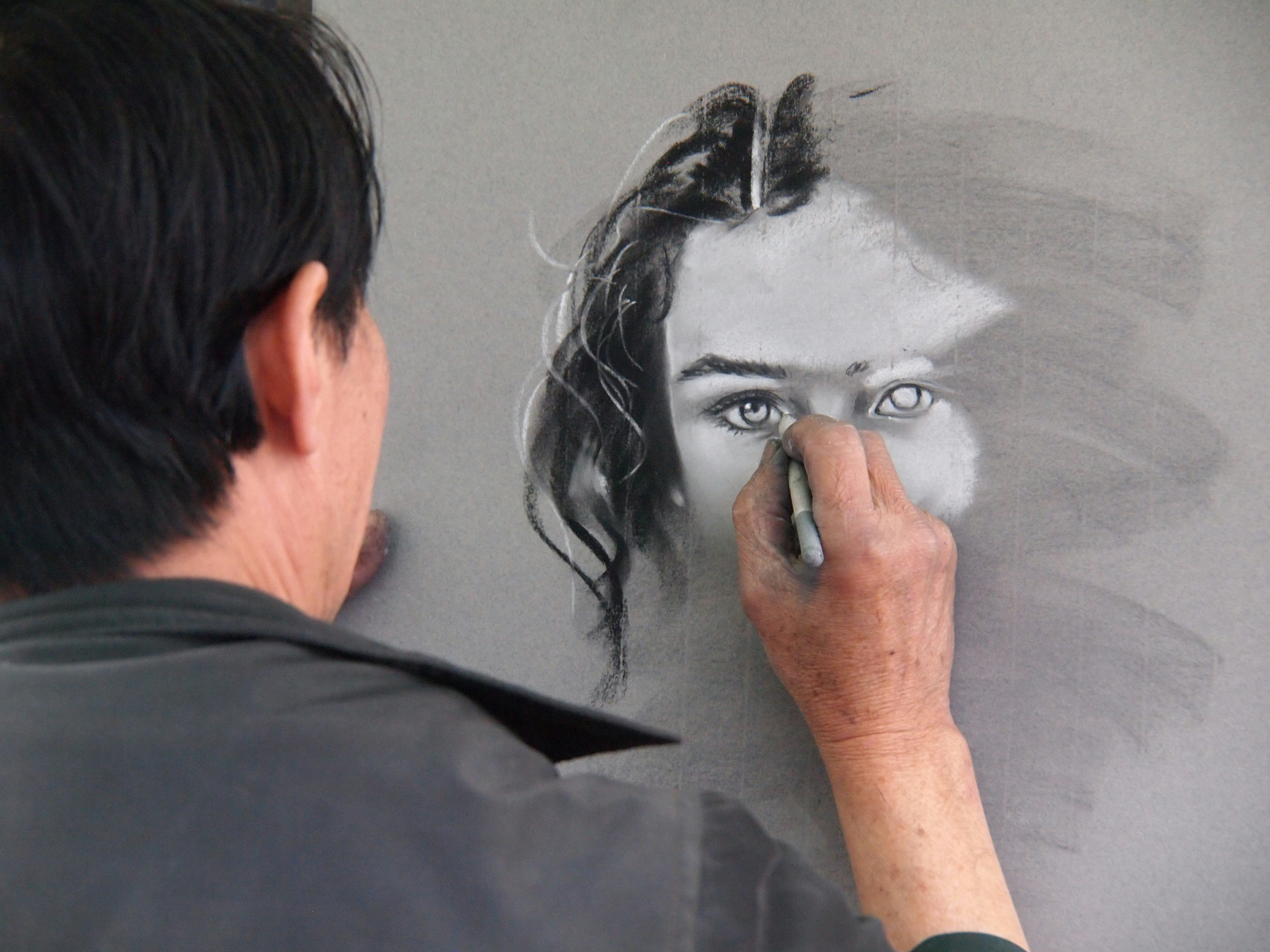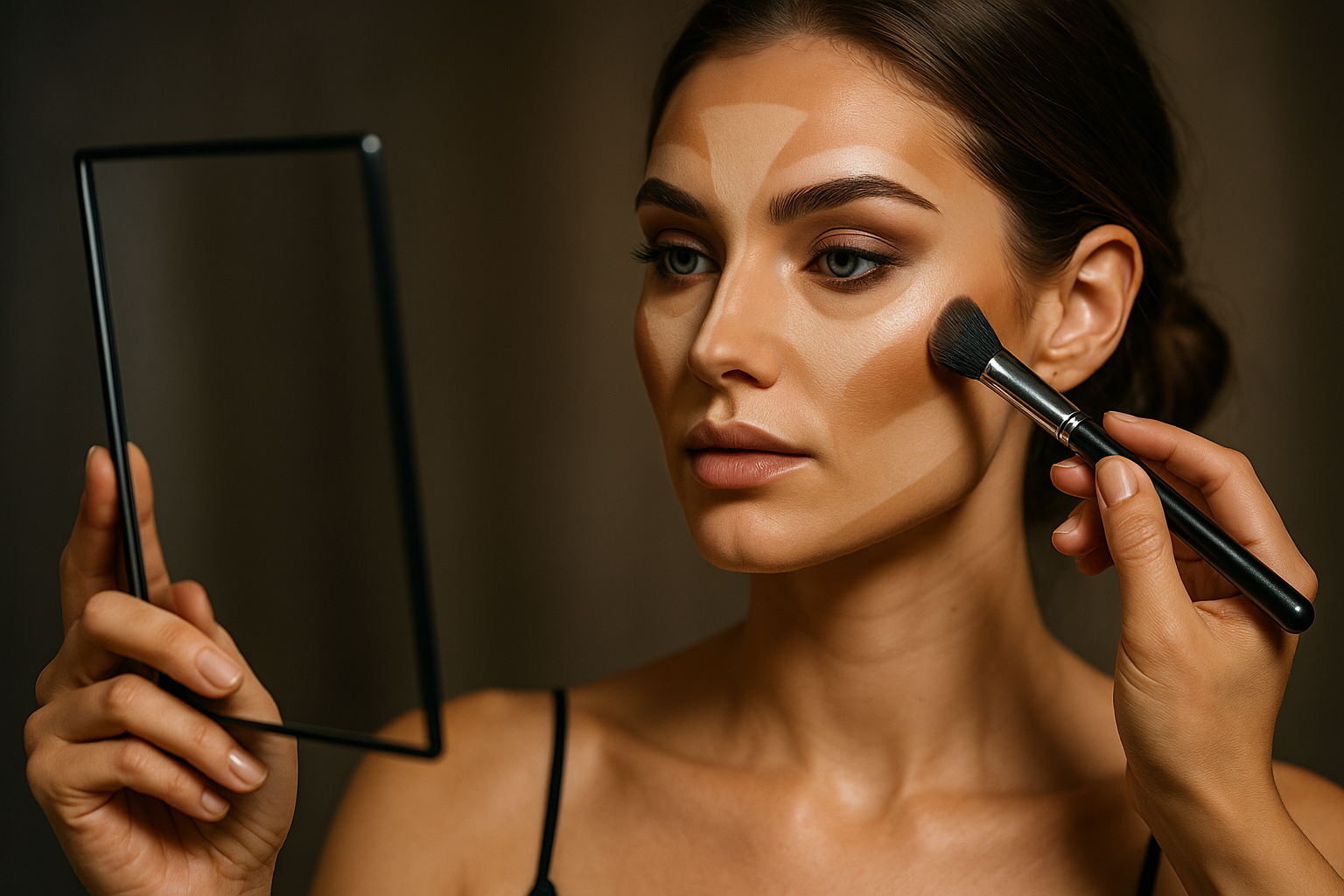Virtual Reality's Leap Forward in the Performance Arts
Introduction: Virtual reality (VR) technology has long been touted as the next frontier in entertainment. Yet, it is only recently that this technology has begun to make significant inroads into the realm of performance arts. This article looks at the rise of VR in performance arts, the current trends, and its potential impact on the industry.

Historical Context of Virtual Reality in Performance Arts
Virtual reality has a history that spans over half a century. The first VR headset was developed in the 1960s, but it wasn’t until the 1990s that VR began to take shape as a consumer technology. However, it’s only in recent years that we’ve seen it seriously considered as a tool for artistic expression, particularly in the performance arts. This shift has been driven by advancements in VR technology, making it more accessible and better able to create realistic, immersive experiences.
Virtual Reality in Performance Arts Today
Today, VR is being used in a myriad of ways in performance arts. From immersive theater productions and ballet performances to operas and concerts, VR is opening up new opportunities for artists and audiences. For instance, the Royal Shakespeare Company recently collaborated with virtual reality developers to create a VR rendition of “The Tempest”. This production allowed audiences to experience the play in a completely new way, transforming the way they interact with the performance.
Significance and Reception of Virtual Reality in Performance Arts
The use of VR in performance arts is not just a technological novelty; it is changing the very nature of these art forms. By creating immersive experiences, VR allows audiences to engage with performances in ways that were previously impossible. It offers new creative possibilities for artists, enabling them to create multi-sensory experiences and explore new narrative structures. The reception to these innovations has been overwhelmingly positive, with critics lauding the ability of VR to enhance audience engagement and deepen artistic expression.
Impact and Future of Virtual Reality in Performance Arts
The impact of VR on performance arts is only just beginning to be felt. As VR technology continues to evolve and become more sophisticated, we can expect to see even more innovative uses of this technology in the arts. The potential for VR to revolutionize the performance arts is immense, offering the possibility of entirely new forms of artistic expression and audience engagement.
Conclusion
The rise of VR in performance arts is a testament to the power of technology to transform artistic expression. As we look to the future, it’s clear that VR will continue to play a key role in shaping the evolution of performance arts. While the technology is still in its relative infancy, its potential is immense, promising a future of performance arts that is more immersive, interactive, and innovative than ever before.






